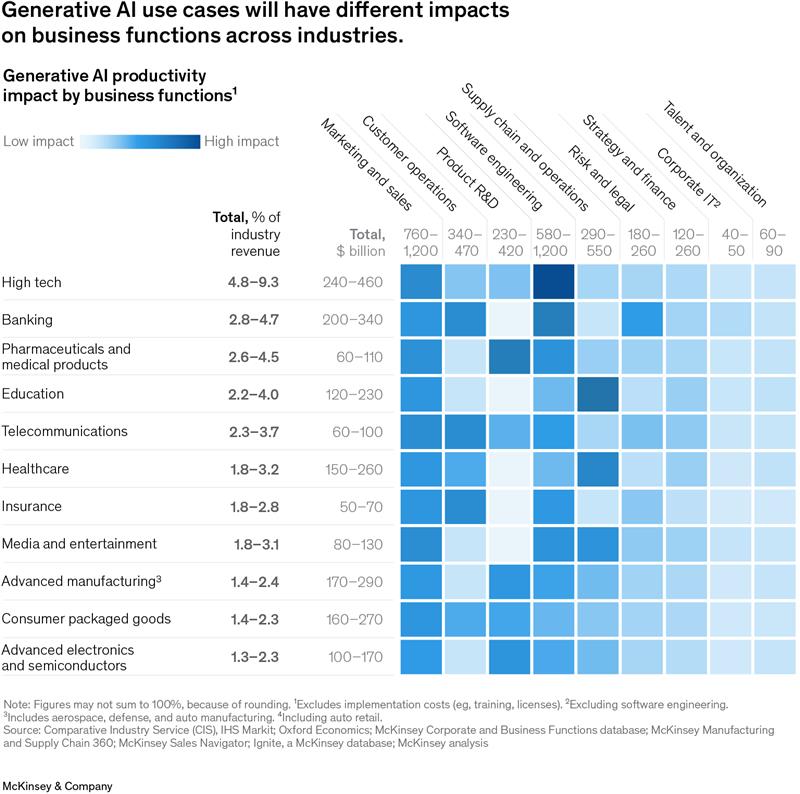In 2025, building a wellness app is no longer just a business decision; it’s a user commitment. For mid-size to enterprise businesses in industries like healthcare, fintech, retail, logistics, and tech, the pressure to innovate digitally is an all-time demand.
You’ve invested in CRM migration, marketing automation tools like Salesforce Marketing Cloud, and maybe outsourced your development overseas. But despite all that effort, you’re still not seeing real engagement. Why?
Because your health and wellness app might be missing what users actually want in 2025: smart personalization, wearable integration, gamification, secure telehealth, and voice-first interfaces. Users are no longer satisfied with generic fitness tips or passive dashboards. They expect emotionally intelligent virtual experiences that feel proactive, trustworthy, and connected across every device they own.
In this blog, we outline 7 must-have health and wellness app features for 2025, real-world stats, and technical insights to help you stay ahead of the game and your competition.
AI Personalization In Health Apps For Smarter Engagement
Nowadays, users want apps that can relate to them, which is where AI personalization comes in. One-size-fits-all health advice and generic routines are things of the past. It is anticipated that: By 2025, smart health applications will change with their users. They will adjust to their performance, mood, and way of life.
Why it’s important:
- Based on user input, customized exercise and dietary recommendations are developed.
- Predictive AI recognizes trends, such as missed workouts, and provides prompt reminders.
- Customization significantly increases app retention and user satisfaction.
According to Accenture, 84% of healthcare executives think AI is changing how people interact with digital platforms.
Methods of implementation:
- Employ machine learning frameworks such as Google AI, Watson AI, or TensorFlow.
- Connect Salesforce Einstein to enable customized content, notifications, and campaigns.
- Use behaviour tracking and user segmentation to improve engagement.
Wellness App Wearable Integration For Real-Time Health Sync
Make sure that your app is a part of the ecosystem where your users are already using smart devices to track their vitals. Wearable integration guarantees that your app will continue to provide value.
What should be integrated?
- Apps such as Garmin, Oura Ring, Google Fit, and Apple HealthKit.
- Key performance indicators such as heart rate, sleep quality, and activity levels are synchronized in real time.
- When certain thresholds are crossed, such as disturbed sleep or increased stress, insights are triggered.
What are the benefits:
- Permits behavioural analytics and more detailed personalization.
- Improves user experience on a variety of devices.
- Gives practical advice that fosters long-term involvement and trust.
A third of app users also use a connected wearable daily, according to Accenture’s 2024 health tech survey.
Gamification In Wellness Apps To Increase User Retention
When wellness routines seem monotonous, motivation tends to decline. Gamification helps users maintain consistency with their goals by adding a fun and responsible element.
Effective gamification strategies:
- Give out milestone badges, weekly accomplishments, and daily streaks.
- Make community scoreboards, group challenges, and rankings.
- Utilize reward points to get access to premium content, discounts, or features.
What are the benefits to business:
- Increases average session duration and daily active users.
- Encourages user loyalty through accomplishment and competition.
- Promotes referrals and community sharing.
According to Sensor Tower, the use of gamification features in apps increased engagement by 34% in 2024.
In-App Telehealth Integration For Secure Virtual Care
Your wellness app should be prepared to provide the digital-first healthcare that more and more users are requesting. Users can make appointments with trainers, therapists, and nutritionists through in-app telehealth.
What are the essential components:
- End-to-end encrypted chat and video (through Agora or Twilio).
- Scheduling appointments with calendar-synced reminders.
- Safekeeping of prescription drugs, medical records, or session notes.
Why it’s important:
- Enhances the value of the app with high-end, reliable services.
- Supports HIPAA/GDPR compliance for data security.
- Keeps services on a single platform, which lowers user attrition.
According to McKinsey, when given the choice, more than 65% of users now favour virtual care access.
Real-Time Analytics Dashboard For Data-Driven Wellness
One of the most powerful motivators in any wellness journey is tracking progress. Raw data is converted into insightful feedback by a user-friendly real-time analytics dashboard.
Things to add:
- Charts showing improvements in sleep, mood, calorie intake, or exercise.
- Natural language generation for summarizing health insights.
- Intelligent notifications for anomalies or performance stalls.
Why does it make a difference:
- Keeps users informed and inspired.
- Increases trust by providing open and honest reporting.
- Supports campaigns that are triggered by behavioural data and integrated with SFMC.
Users are 50% more likely to stick with the app if they notice steady, quantifiable improvements.
Voice-Enabled Wellness App Features For Accessibility And UX
Voice commands and smart assistants are rapidly becoming second nature. Voice-enabled features improve accessibility and convenience, particularly for users with physical limitations, busy professionals, and seniors.
Best voice use cases:
- Recording food or water consumption with spoken instructions.
- Commencing exercises or guided meditations without using your hands.
- Voice feedback in real time while performing breathing techniques or exercises.
Technical recommendations:
- Make use of resources such as Voiceflow, Google ML Kit, and speech-to-text APIs.
- Create user experience flows for users who would rather navigate verbally than with taps.
According to eMarketer, 42% of American adults use voice assistants daily, and this percentage is expected to rise annually.
Social Wellness Features To Build Community And Loyalty
When shared, wellness is frequently simpler and more long-lasting. Adding social media functionality to your app encourages accountability, community, and emotional bonding.
Methods for developing social features:
- Discussion boards, forums, or group chat rooms.
- Team-based wellness challenges and leaderboards.
- Buddy systems or matchmaking for exercise or meditation.
Why it functions:
- Provides social and emotional support, which improves retention.
- Promotes word-of-mouth expansion and content sharing.
- Gives your digital product a human touch.
App Annie reports that over six months, wellness apps with community features have a 21% higher retention rate.
Final Thoughts
Developing value-driven, intelligent, inclusive, and integrated digital experiences is the key to developing a wellness app in 2025. These seven features provide a roadmap for the future, regardless of whether you’re a U.S.-based company expanding internationally or an organization going through a Salesforce Marketing Cloud transformation.
MetroMax Solutions combines low-code tools, CRM strategy, SFMC automation, and worldwide app development experience to understand your wellness app idea more quickly, intelligently, and securely.
Need assistance developing a cutting-edge app for health and wellness?
Let our full-stack developers and strategists with SFMC certification help you get to market more quickly. Schedule your free-of-cost consultation now.




